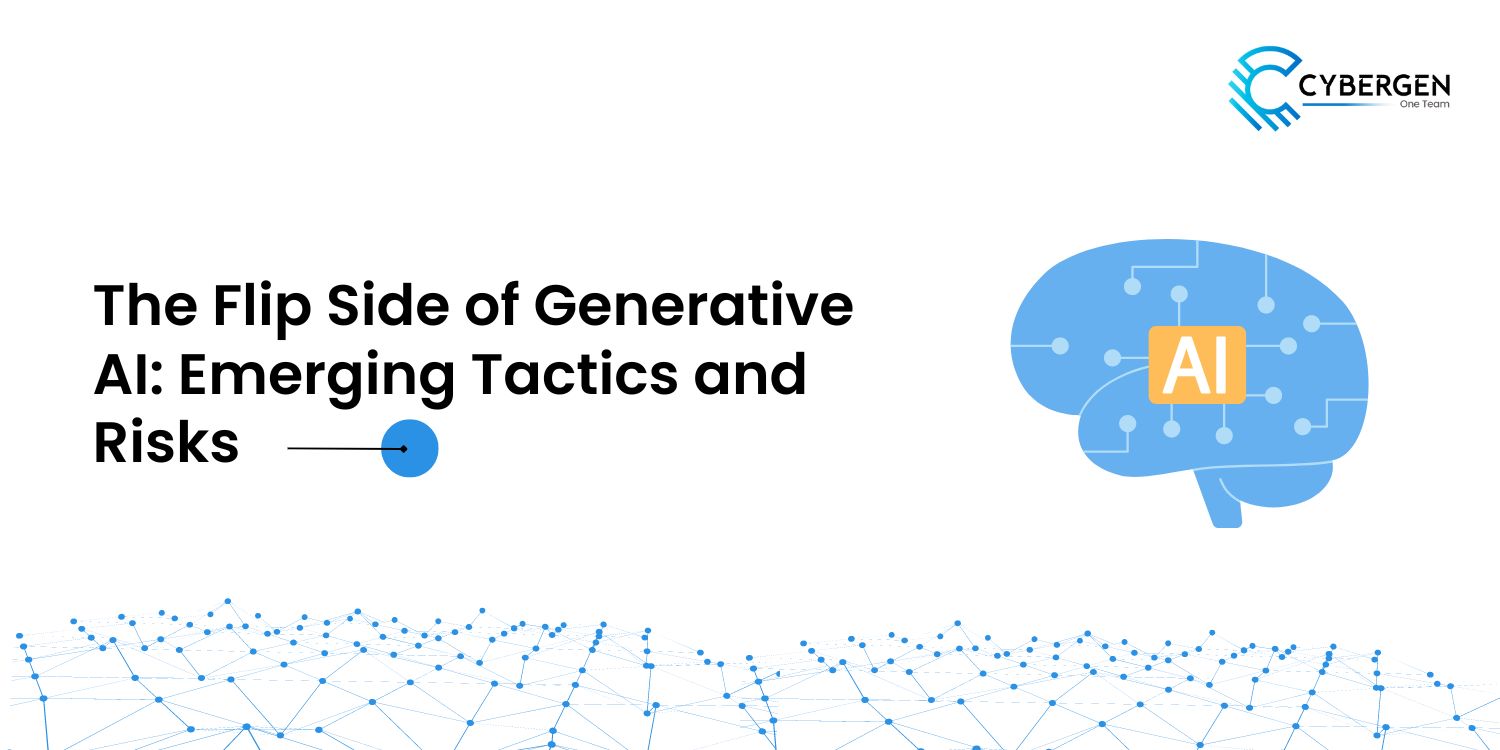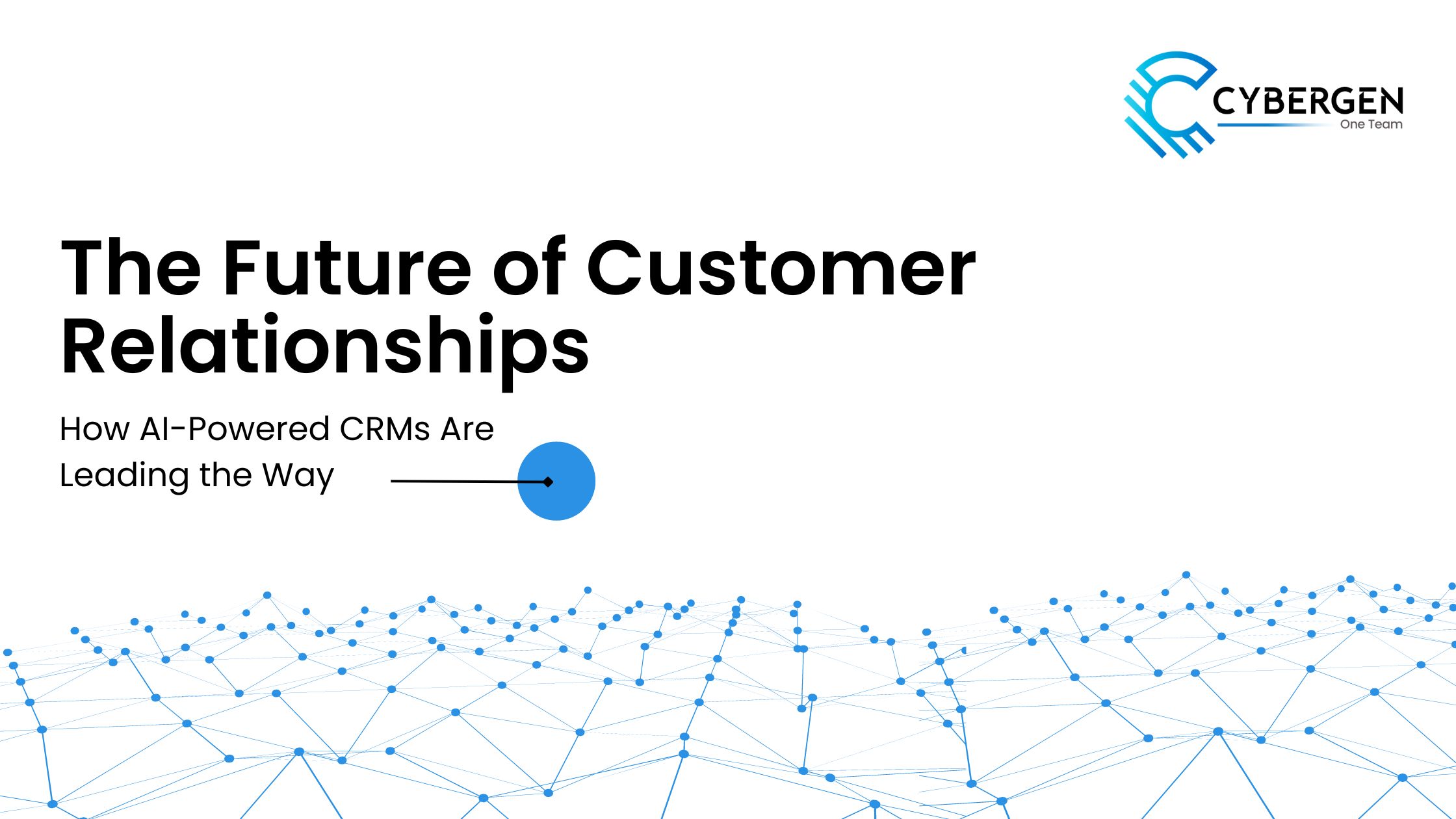In recent years, the use of artificial intelligence (AI) has become increasingly prevalent in our daily lives. While AI has brought about many positive changes, it has also opened up new avenues for hackers and scammers to deceive individuals and businesses alike. In the United States, many individuals and businesses have been ensnared by scams using AI technology.
One notable incident from 2023 involved a company in California that lost $1.5 million to scammers who used AI-generated deep fake videos to impersonate the CEO and request a wire transfer. In another case from 2024, a group of hackers used AI-generated text messages to trick a small business in Texas into transferring $50,000 to a fraudulent account.
These incidents highlight the urgent need for individuals and businesses to be aware of the potential risks associated with AI technology. It is crucial to understand how hackers and scammers are utilizing AI to deceive people and to take necessary precautions to protect oneself and one's business. In this blog post, we will explore the various ways in which hackers and scammers are using AI and provide tips on how to stay safe in the age of AI deception.
What is AI in Cyber Attacks?
AI in cyber attacks refers to the use of AI techniques and technologies by cybercriminals to carry out malicious activities. These AI-driven attacks leverage algorithms and machine learning (ML) capabilities to automate and enhance various aspects of cyber attacks, making them more sophisticated, efficient, and difficult to detect.
Today it is more than important to understand how AI and ML play roles in cyber attacks. These technologies have changed the game, giving both defenders and attackers new abilities to adapt and outsmart each other.
AI-driven cyber attacks rely on ML algorithms. These algorithms let systems learn from data, spot patterns, and make decisions without explicit instructions. In cyber attacks, they help attackers analyze lots of data, find weaknesses, and automate harmful actions like creating phishing emails or spotting weak passwords.
AI is great for defenders as it helps them find threats faster by analyzing big datasets. It also helps them adapt to new attack methods quickly. But attackers also benefit from AI. They can use it to make highly personalized attacks that traditional defenses struggle to stop. They can automate tasks like finding targets for phishing emails and making malware that's hard to detect.
AI-powered attacks are worrisome because they can change tactics as defenses evolve. Attackers can learn from what works and update their methods in real-time, making it tough for defenders to keep up. These attacks can also target many victims at once, spreading quickly across different networks and systems.
5 Common Techniques Used by Hackers:
In the arms race between defenders and attackers, hackers deploy a myriad of techniques powered by AI and ML to exploit vulnerabilities and infiltrate target systems.
Some common techniques employed by hackers include:
-
Spamming and Phishing: AI-generated phishing emails that mimic legitimate communications to deceive unsuspecting users.
-
Password Guessing: ML algorithms employed to crack passwords and gain unauthorized access to accounts.
-
Deep Fakes: AI-generated synthetic media used to impersonate individuals and manipulate public opinion.
-
Evasion of Security Tools: Techniques to bypass AI-powered security solutions by modifying malware and evading detection mechanisms.
-
Reconnaissance: Utilization of AI for automated reconnaissance to identify vulnerabilities and gather intelligence on target systems.
How is ML Utilized in Phishing Attacks?
Today, spamming and phishing are big problems because of ML and AI. Let's see how attackers use these technologies to make convincing cyber attacks.
ML helps cybercriminals create phishing emails very accurately. They look at a lot of data like social media profiles and past actions to understand what their targets like and how they behave. With this info, they make phishing emails that seem personal, with catchy subjects and requests, making it more likely for the attack to work.
Also, ML keeps making phishing tactics better by learning from past attacks. This lets attackers change their strategies to avoid security measures, making it hard for security systems to find them.
What is the Role of AI in Bypassing Spam Filters?
AI is crucial for getting past spam filters and avoiding detection by security tools. Smart AI algorithms let attackers study how spam filters work, find patterns in their decisions, and come up with ways to get around them.
With AI, cybercriminals can make phishing emails that look like real messages, tricking traditional spam filters and getting into users' inboxes without being caught. Also, AI helps attackers change the content and structure of phishing emails on the fly, making it hard for security systems to keep up with new attack methods.
To fight against spamming and phishing, organizations need to use advanced AI-powered solutions that can detect and stop these threats effectively. This means having strong email filters and training employees to recognize phishing attempts. It's important to have multiple layers of defense against AI-driven cyber attacks.
Advanced AI Techniques in Cyber Attacks
In the changing world of cybersecurity, attackers are using advanced AI methods to plan complex and ongoing cyber attacks. From independent agents doing research to AI poisoning and fuzzing techniques, let's explore the details of these advanced AI threats.
1. Autonomous Agents and Reconnaissance
Autonomous agents are powerful tools for cyber attackers, allowing them to carry out persistent and sneaky attacks with little human involvement. These AI-driven entities work on their own, adapt to different situations, and avoid getting caught by security systems.
Machine learning plays a big role in autonomous agents. It goes beyond just automating tasks; it includes smart algorithms that can search for weaknesses in target systems. By analyzing lots of data and network patterns, AI-powered agents can find vulnerabilities, map out how to attack, and gather information for planning.
What's more, autonomous agents can change their tactics as they go, using ML to learn from past actions and improve their effectiveness. This way of fighting in cyberspace challenges traditional defenses. Organizations need to be proactive, using AI-based threat intelligence and behavior analysis to find and stop new threats as they emerge.
2. AI Poisoning and Fuzzing
AI poisoning and fuzzing are sneaky techniques used by cyber attackers to mess with ML models and exploit weaknesses in software.
AI poisoning means purposely messing up training data to mess with ML models. This can make the models give wrong answers or make bad decisions. By putting bad data into training sets, attackers can mess up AI systems, making them less reliable. This is risky in lots of areas, like self-driving cars and cybersecurity, so it's important to check data carefully to stop AI poisoning attacks.
On the flip side, AI fuzzing uses ML to make targeted inputs that find weaknesses and bugs in software. By trying lots of different inputs, AI fuzzing tools can find hidden security problems, like memory errors or mistakes in logic. This lets attackers find and exploit vulnerabilities really quickly, so it's important for organizations to stay on top of fixing these issues.
Mitigating AI-Driven Cyber Threats
To fight back against AI-powered cyber threats, organizations need to take a proactive and comprehensive approach to cybersecurity. This means focusing on basic cybersecurity practices and using multiple layers of defense to stay safe from attacks. Let's look at some effective ways to reduce the risks posed by AI-driven attacks.
1. Importance of Cybersecurity Hygiene
Maintaining strong cybersecurity hygiene is key to protecting against AI-driven cyber threats. Basic practices like regularly updating software and applying patches are crucial. These actions help fix known weaknesses, making it harder for attackers to breach systems or carry out harmful activities.
Educating users about phishing and raising awareness about social engineering attacks are also vital. Teaching employees to spot phishing emails, suspicious links, and deceptive tactics empowers them to report potential threats early. Ongoing training builds a culture of cybersecurity awareness, reducing the chances of successful phishing attacks and data breaches.
2. Defense in Depth Strategies
With AI threats becoming more sophisticated, a defense in depth approach is essential. This means having multiple layers of security that work together to reduce risks and increase resilience.
Defense in depth involves using various security measures across different areas like network security, endpoint protection, and access management. This includes using firewalls, intrusion detection systems (IDS), endpoint security software, and secure authentication methods. Together, these layers create a strong defense against a wide range of cyber threats.
It's not just about technology; policies, procedures, and people matter too. Implementing strict access controls, following the principle of least privilege, and regularly auditing security measures are crucial parts of a comprehensive defense strategy. Encouraging collaboration and sharing information helps organizations stay ahead of emerging threats by pooling expertise and insights.
Future Trends and Considerations
Today it is now more than important to think about what might happen next with AI-driven cyber attacks. We need to stay ahead of future trends and be ready for new developments. Let's explore what the future of cybersecurity might look like.
What Are The Predictions About Future AI-Driven Cyber Attacks?
In the future, AI-driven cyber attacks will likely become more sophisticated and complex. Attackers will use advancements in AI to create attacks that are more targeted, adaptable, and harder to detect. We might see AI-powered agents that can find and exploit weaknesses on their own, or advanced deep learning algorithms that make incredibly realistic fake videos for tricking people.
Also, there will probably be more AI-based attack tools and services available on the dark web. This could make cybercrime easier for even beginners, leading to more effective and damaging attacks with less effort. As AI becomes more common and easier to use, organizations need to be ready for a new era of cyber threats that are highly automated, scalable, and advanced.
Potential Advancements in AI Technologies and Their Impact on Cybersecurity
The future of AI technology has big implications for cybersecurity. AI-powered security tools will keep getting better, helping organizations detect and respond to threats faster. Advanced AI algorithms will let security teams analyze lots of data quickly, find new threats, and plan better ways to defend against them.
But at the same time, cyber attackers will use AI advancements to make their attacks harder to stop. They might use AI-powered malware that regular security tools can't catch, or autonomous bots that can carry out big attacks all on their own. This means defenders will face new challenges in protecting against AI-driven cyber threats.
Importance of Continuous Research and Innovation
To tackle evolving cyber threats, ongoing research and innovation are crucial for creating effective defense strategies and staying ahead of new risks. Collaboration among industry, academia, and government is key to advancing cybersecurity and building resilience against AI-driven attacks.
Investing in cutting-edge research areas like adversarial ML, AI ethics, and explainable AI is vital for understanding and addressing the risks posed by AI-driven cyber threats. By promoting innovation and sharing knowledge, the cybersecurity community can develop strong defense mechanisms and adaptive strategies to counter emerging threats.
Conclusion
In cybersecurity, AI offers exciting opportunities and presents challenges too. Hackers are skillfully using AI to create complex attacks, underlining the importance of staying vigilant. Building organizational resilience relies on setting up strong defense strategies and promoting a culture of cybersecurity awareness. It's more than important for both organizations and individuals to adjust, invest in cutting-edge security solutions, and work together to tackle AI-driven threats. Contact CyberGen today to strengthen your defenses and protect against cyber risks!
Relevant Blogs
Hey, I can help you with:
What AI solutions does CyberGen offer to enhance business operations? How can CyberGen's managed IT services improve my company's efficiency? What training programs are available through CyberGen Academy?



 1.png)
